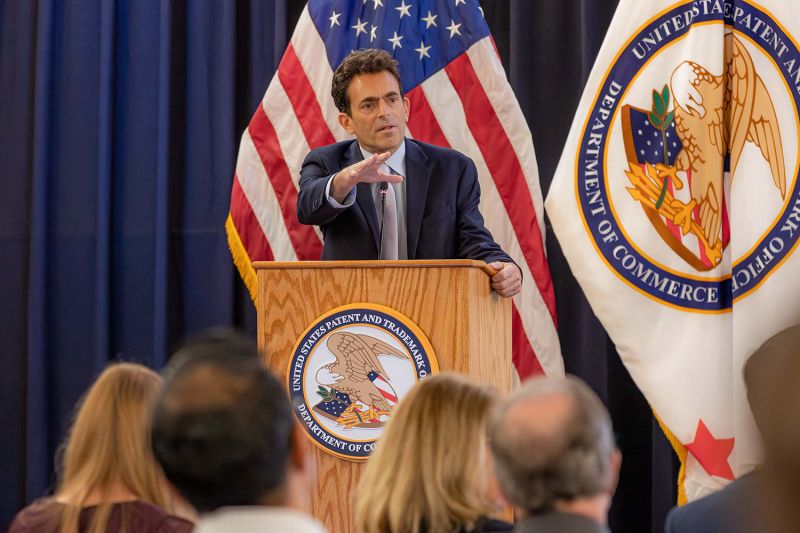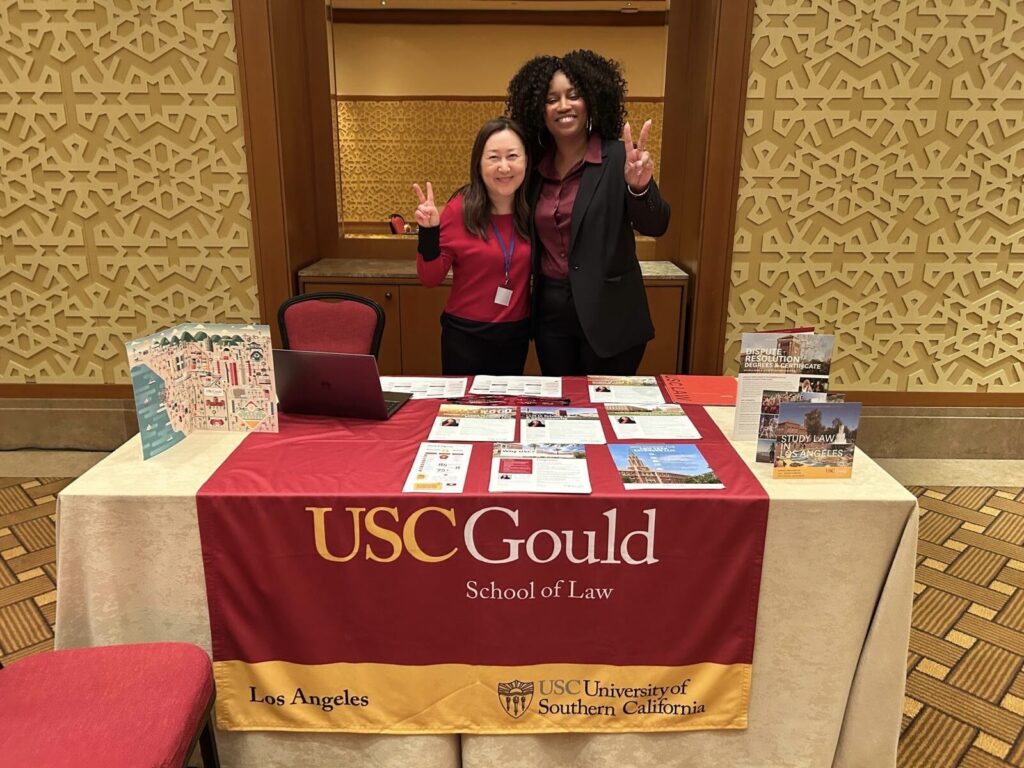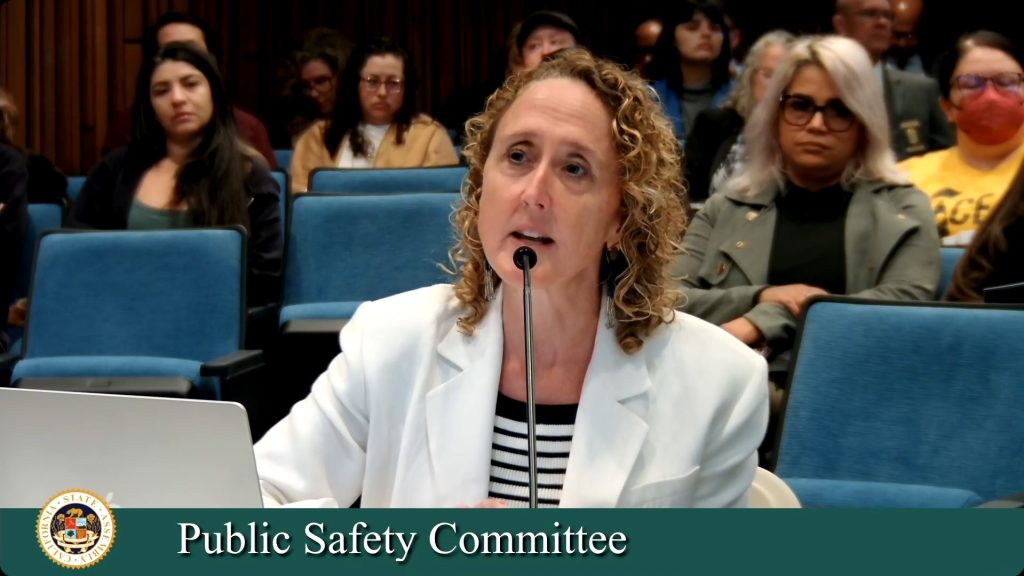Roundtable explores what stifles, encourages innovation
—By Maria Iacobo
What type of legal structure and how much of it is needed to allow collaborative innovation to blossom?
 |
| Prof. Hadfield at the Feb. 29 roundtable |
That was the question discussed by a group of men and women from industry and academia at a roundtable meeting Feb. 29 at USC Law, organized by the Southern California Innovation Project (SCIP). Created and directed by Professor Gillian Hadfield, SCIP is a research partnership dedicated to expanding the understanding of how the legal environment — beyond intellectual property laws — supports or hinders the capacity of firms to innovate.
The group’s first roundtable discussion was convened to gather different perspectives from high-level thinkers about the challenges facing new collaborative and peer production businesses — endeavors built on a model of open-source, ‘wikipedia’ or social networking, for example. The wide-open discussion centered on three key questions:
• Do we know what makes collaboration work?
• Do we know what makes collaboration fail?
• Do we know what collaboration needs from the legal environment?
Too many roadblocks and the incentive to innovate is stifled, Hadfield says.
By reflecting on the many facets of law’s impact on innovation, Hadfield intends to generate a novel research agenda and “frame an agenda for change” in how the legal system responds to and supports collaborative enterprise.
SCIP is funded by a $675,000 grant from the Ewing Marion Kauffman Foundation.
-------------------------------------------------------------------------------
Roundtable Participants
• Paul Lippe, founder and CEO of Legal OnRamp, an online collaborative network environment for lawyers and clients
 • Stephen Benson, CEO of Innovation Exchange, an online, open innovation system in which a global community of innovators can respond to challenges for innovations in business methods, products, services and strategies posted by companies seeking to outsource some of their innovation goals
• Stephen Benson, CEO of Innovation Exchange, an online, open innovation system in which a global community of innovators can respond to challenges for innovations in business methods, products, services and strategies posted by companies seeking to outsource some of their innovation goals
• Roberta Katz, formerly general counsel at Netscape, founder of Flywheel Communications, Inc., which built a beta version of software intended to create a global platform to manage legal relationships and disputes; currently at Stanford University helping to coordinate collaboration across disciplinary boundaries at the university
• John Seely Brown, formerly director of Xerox PARC and author of “The Only Sustainable Edge: Why Business Strategy Depends on Productive Friction and Dynamic Specialization”
• Preston McAfee, Cal Tech economics professor and vice president and research fellow at Yahoo! Research
• Jon Taplin, former music and film producer, investment banker and inventor of the first on video-on-demand system and co-founder of the Annenberg Research Network on International Communication at USC
 • Steve Maurer, formerly an IP lawyer; currently at UC Berkeley’s Goldman School of Public Policy studying open source systems in software and biology
• Steve Maurer, formerly an IP lawyer; currently at UC Berkeley’s Goldman School of Public Policy studying open source systems in software and biology
• Siobhan O’Mahoney, an organizational theorist at UC Davis studying open source systems in software
• Krisztina Holly, director of the USC Stevens Institute for Innovation and USC Vice Provost
• Anne Balsamo, USC professor of interactive media and communications
• Eszter Hargittai, Northwestern University professor of communication studies and sociology
• Simon Wilkie, executive director of the USC Center for Communications Law and Policy
• Paul Adler, USC Marshall School of Business professor
• Jonathan Barnett, former corporate lawyer, currently assistant professor of law at USC Law

















